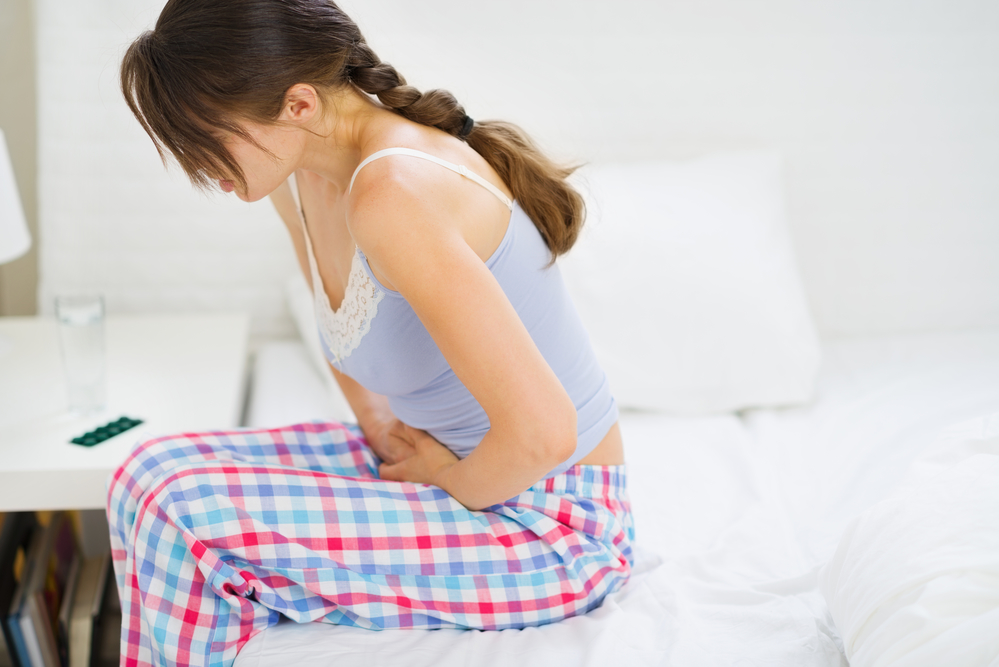Endometriosis is a chronic condition that affects millions of women worldwide. It is a condition in which cells similar to those found in the lining of the uterus (endometrium) are found outside the uterus, usually in the pelvic area. Endometriosis can lead to a number of serious complications, including infertility, pain, and even cancer. You can also navigate to Endometriosis Association, Inc for more information about endometriosis.

Endometriosis can cause a variety of symptoms, including pelvic pain, and painful periods. Many women experience pain throughout the month, not just during their periods, and this can be a sign of endometriosis. Other common symptoms include fatigue, digestive issues, and heavy bleeding.
The exact cause of endometriosis is still unknown, but it is believed to be linked to hormonal imbalances. It is also thought to be caused by a combination of genetic, environmental, and lifestyle factors. Women who have a family history of endometriosis or have a higher body mass index (BMI) are at a higher risk of developing the condition.
Treatment for endometriosis depends on the severity of the condition. Hormonal therapy or medications may be prescribed to help reduce the pain and other symptoms of endometriosis. Surgery may be recommended if the endometriosis is severe and is causing infertility, blockages, or other complications.
In addition to medical treatments, there are a number of lifestyle changes and self-care techniques that can help reduce the pain associated with endometriosis. Exercise can help reduce pain and improve overall health, and yoga and even Pilates can help stretch and strengthen the abdominal muscles.
